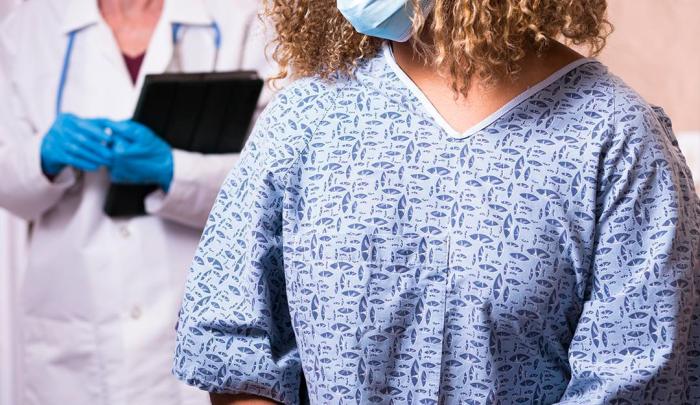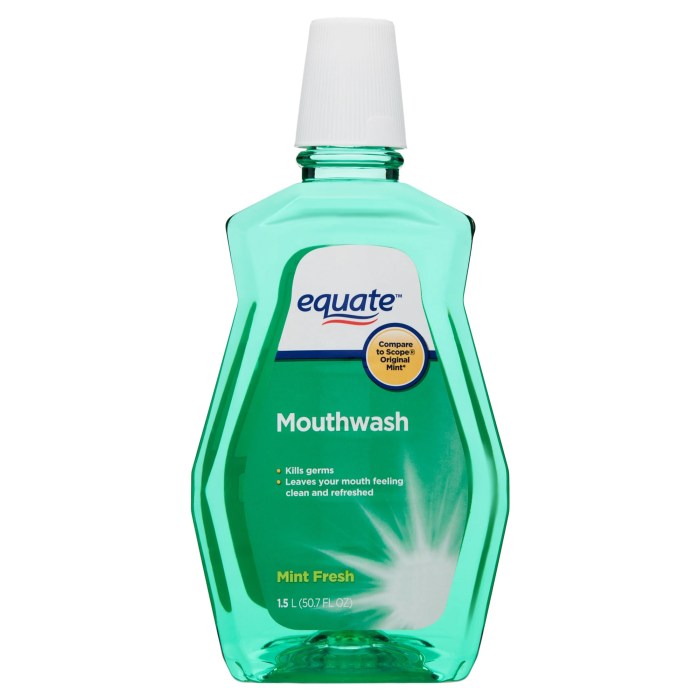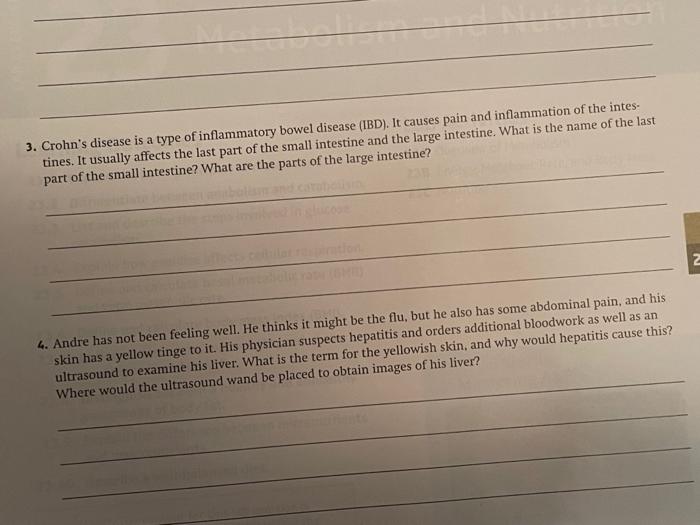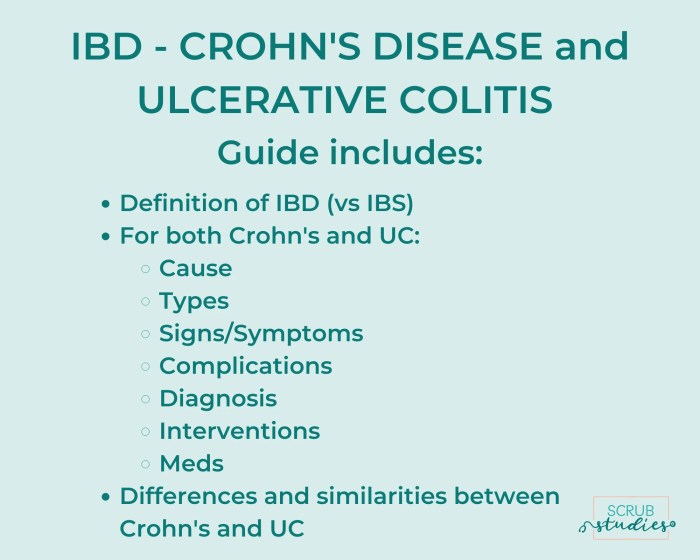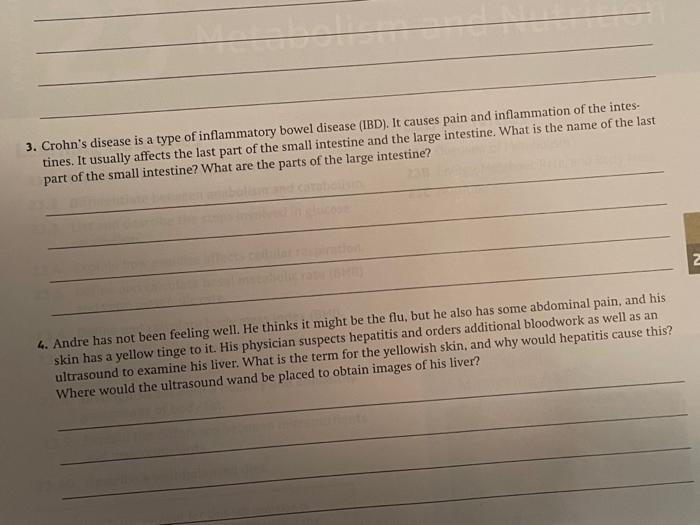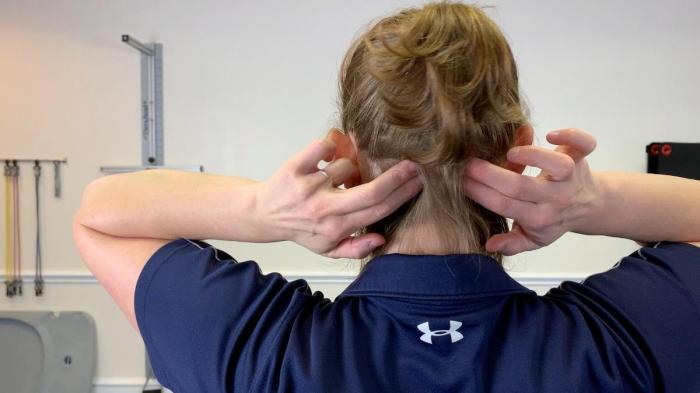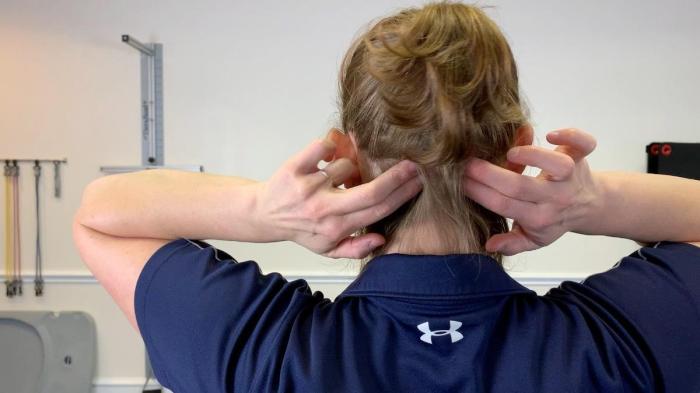Triple negative breast cancer treatment is a multifaceted journey, requiring a deep understanding of the disease and its unique challenges. This guide explores the various treatment approaches, from surgery and chemotherapy to targeted therapies and immunotherapy, offering a comprehensive overview for those navigating this complex landscape. We’ll delve into the stages of treatment, the different surgical options, chemotherapy protocols, and the crucial role of personalized care.
TNBC, unlike other breast cancers, often demands aggressive treatment strategies due to its unique characteristics. Understanding these specifics is essential for patients and their families to make informed decisions about their care. We’ll also examine the latest research and emerging treatments to provide a complete picture of the current state of TNBC care.
Introduction to Triple Negative Breast Cancer Treatment

Triple-negative breast cancer (TNBC) is a subtype of breast cancer characterized by the absence of estrogen receptors (ER), progesterone receptors (PR), and human epidermal growth factor receptor 2 (HER2). This lack of these receptors makes TNBC more aggressive and challenging to treat compared to other breast cancer types, as standard hormonal therapies are ineffective. Understanding the unique characteristics of TNBC is crucial for developing effective treatment strategies.TNBC often presents with more rapid growth and a higher likelihood of metastasis (spread to other parts of the body) than other breast cancer subtypes.
This aggressive nature necessitates a multi-faceted approach to treatment, often involving a combination of therapies targeting different aspects of the cancer’s biology.
Treatment Approaches for TNBC
Treatment for TNBC is typically a multi-modal approach, combining different therapies to maximize efficacy and minimize the risk of recurrence. Common treatment methods include surgery, chemotherapy, radiation therapy, and targeted therapy.
Surgical Treatment
Surgical intervention is a fundamental component of TNBC treatment. A lumpectomy, where only the cancerous tissue is removed, or a mastectomy, where the entire breast is removed, are common surgical options. The specific surgical approach is tailored to the individual patient’s tumor size, location, and overall health. The choice often hinges on the extent of the cancer and its potential for spreading.
Chemotherapy Treatment
Chemotherapy is a cornerstone of TNBC treatment, often used to shrink tumors before surgery or to target cancer cells that may have spread to other parts of the body. The specific chemotherapy regimen depends on several factors, including the stage of the cancer, the patient’s overall health, and the presence of any other co-morbidities. Different chemotherapy drugs have varying effects on cancer cells, and the choice of regimen is carefully considered by oncologists.
Radiation Therapy
Radiation therapy plays a crucial role in TNBC treatment, often used after surgery to eliminate any remaining cancer cells. The radiation dose and duration are tailored to the individual patient and the extent of the cancer. This method focuses on targeting specific areas of the body to reduce the risk of healthy tissue damage.
Targeted Therapy
Targeted therapies are becoming increasingly important in TNBC treatment. These therapies specifically target certain proteins or pathways within the cancer cells, disrupting their growth and survival. The selection of a targeted therapy is based on specific characteristics of the tumor, aiming to exploit vulnerabilities in the cancer’s molecular makeup. Examples of targeted therapies include PARP inhibitors, which have shown promise in specific TNBC subtypes.
Treatment Stages
| Stage | Description | Treatment Methods |
|---|---|---|
| Diagnosis | Confirmation of TNBC through biopsy and testing for receptor status. | Biopsy, imaging studies, genetic testing. |
| Initial Treatment | Initiation of primary treatment, often combining surgery, chemotherapy, and/or radiation. | Surgery, chemotherapy, radiation, targeted therapy. |
| Adjuvant Therapy | Treatment given after the primary treatment to reduce the risk of recurrence. | Chemotherapy, radiation, targeted therapy. |
| Metastatic Treatment | Treatment for TNBC that has spread to other parts of the body. | Chemotherapy, targeted therapy, immunotherapy, clinical trials. |
| Follow-up | Regular monitoring and check-ups to detect any recurrence or new cancers. | Imaging studies, blood tests, physical exams. |
Surgical Management
Triple-negative breast cancer (TNBC) requires careful surgical planning, as its aggressive nature and potential for rapid recurrence necessitate tailored approaches. Surgical options aim to remove the tumor while minimizing the risk of further spread. The choice of surgery depends on several factors, including tumor size, location, and the patient’s overall health.Surgical intervention is a crucial component of TNBC treatment, working in tandem with other therapies to achieve the best possible outcomes.
Understanding the various surgical options and their implications is vital for patients and their healthcare teams. A comprehensive evaluation of the pros and cons of each approach is essential for making informed decisions.
Surgical Options for TNBC
TNBC surgery frequently involves either mastectomy or lumpectomy, with sentinel lymph node biopsy often playing a key role in assessing the extent of the disease. These procedures vary in their invasiveness and implications for long-term health.
Mastectomy and Lumpectomy
A mastectomy is a surgical procedure that involves the removal of the entire breast. It is often considered for larger tumors, extensive disease, or when there’s a high risk of recurrence. Lumpectomy, on the other hand, focuses on removing only the tumor and a small margin of surrounding tissue. This option is more frequently considered when the tumor is smaller and localized.
Sentinel Lymph Node Biopsy, Triple negative breast cancer treatment
Sentinel lymph node biopsy (SLNB) is a crucial technique in TNBC management. It involves identifying and removing the sentinel lymph nodes, which are the first lymph nodes to drain the area of the tumor. If cancer is found in these sentinel nodes, it suggests the possibility of more widespread disease, prompting further treatment planning. The results of SLNB are instrumental in determining the extent of the spread and guiding subsequent treatment decisions.
Comparison of Surgical Procedures
| Procedure | Description | Pros | Cons |
|---|---|---|---|
| Mastectomy | Complete removal of the breast tissue. Can be a modified radical mastectomy, where some or all of the surrounding tissue and lymph nodes are removed, or a simple mastectomy, removing only the breast tissue. | May be necessary for larger tumors, extensive disease, or high recurrence risk. Offers a potentially more definitive removal of all cancer cells. | More invasive, with a greater potential for scarring, and a higher risk of complications such as lymphedema (swelling in the arm). May lead to a more significant body image impact. |
| Lumpectomy | Removal of the tumor and a small margin of surrounding tissue, while preserving the breast. | Preserves the breast, potentially reducing the impact on body image. Often associated with less extensive scarring. | May not be suitable for large tumors or those with extensive spread. The risk of recurrence may be higher if the surgical margins are not adequate. Requires careful consideration of the complete removal of all cancer cells. |
Surgical Margins in TNBC
Surgical margins are the edges of the tissue surrounding the removed tumor. Adequate surgical margins, meaning a sufficient distance between the tumor and the edges of the removed tissue, are crucial in TNBC treatment. This is because microscopic cancer cells might exist in the tissue immediately adjacent to the tumor. Insufficient margins can lead to incomplete tumor removal and increased risk of recurrence.
Navigating triple negative breast cancer treatment can be overwhelming. While there’s a lot of focus on traditional therapies, exploring alternative approaches like dietary choices is also crucial. For instance, understanding the nuances of healthy fats like coconut oil versus olive oil can be beneficial for overall well-being, especially when considering potential interactions with cancer treatments. This comparison might offer insights into how these fats affect the body.
Ultimately, a holistic approach to treatment, incorporating well-researched dietary choices, can significantly enhance the patient’s journey with triple negative breast cancer.
Pathologists meticulously examine the surgical margins to ensure that all cancerous tissue has been removed. Maintaining the correct margins is vital for reducing the risk of tumor regrowth and improving treatment outcomes.
Chemotherapy Protocols
Triple-negative breast cancer (TNBC) often requires aggressive treatment, and chemotherapy is a cornerstone of this approach. Different chemotherapy regimens are used, tailored to the individual patient’s characteristics, including tumor characteristics, overall health, and other factors. Understanding these protocols is crucial for navigating the complexities of TNBC treatment.
Common Chemotherapy Regimens
Various chemotherapy regimens are employed in TNBC treatment. These regimens often combine different chemotherapy drugs to maximize effectiveness while mitigating side effects. Common combinations include anthracyclines like doxorubicin with taxanes like paclitaxel or docetaxel. Other agents, such as carboplatin, cyclophosphamide, and vinorelbine, may also be included, depending on the specific treatment plan.
Mechanisms of Action of Chemotherapy Drugs
Chemotherapy drugs work by targeting rapidly dividing cells, which includes cancer cells. The specific mechanisms of action vary depending on the drug. Some drugs interfere with DNA replication, preventing the cancer cells from dividing. Others disrupt the cellular structure or induce apoptosis (programmed cell death) in cancer cells. For example, anthracyclines like doxorubicin intercalate into DNA, preventing proper replication and transcription.
Taxanes, on the other hand, stabilize microtubules, crucial components of cell division, leading to cell cycle arrest and apoptosis.
Potential Side Effects of Chemotherapy
Chemotherapy can cause various side effects, which can range from mild to severe. These side effects are a consequence of the drugs’ effects on rapidly dividing cells, impacting healthy cells in addition to cancer cells. Common side effects include nausea, vomiting, hair loss, fatigue, mouth sores, and changes in blood counts. The severity and duration of side effects can vary among individuals and depend on the specific chemotherapy regimen and the patient’s overall health.
Careful monitoring and management of side effects are crucial throughout the treatment process.
Administration of Chemotherapy
Chemotherapy can be administered intravenously (IV), meaning the drugs are delivered directly into a vein. This is the most common method. It allows for a precise dose and rapid delivery of the medication into the bloodstream. Alternative administration methods, like oral or intraperitoneal (into the abdominal cavity), may be considered in certain situations, based on the specific treatment plan.
Common Chemotherapy Drugs and Their Mechanisms of Action
| Drug | Mechanism of Action | Potential Side Effects |
|---|---|---|
| Doxorubicin | Intercalates into DNA, disrupting DNA replication and transcription. | Cardiotoxicity, myelosuppression, nausea, vomiting |
| Paclitaxel | Stabilizes microtubules, preventing cell division. | Peripheral neuropathy, myelosuppression, fatigue |
| Docetaxel | Stabilizes microtubules, preventing cell division. | Peripheral neuropathy, myelosuppression, fatigue |
| Cyclophosphamide | Damages DNA, leading to cell death. | Myelosuppression, nausea, vomiting, hemorrhagic cystitis |
| Carboplatin | Damages DNA, leading to cell death. | Nephrotoxicity, myelosuppression, nausea, vomiting |
| Vinorelbine | Disrupts microtubule function, preventing cell division. | Peripheral neuropathy, myelosuppression, fatigue |
Radiation Therapy
Radiation therapy plays a crucial role in the treatment of triple-negative breast cancer (TNBC), often used in conjunction with surgery and chemotherapy. It aims to destroy cancer cells remaining after surgery or to shrink tumors before surgery, improving the effectiveness of other treatments. Radiation therapy is a localized treatment, focusing on the area where the tumor was located.
It is often an essential component in improving overall survival rates and reducing the risk of recurrence.Radiation therapy for TNBC involves precisely targeting cancerous cells with high-energy radiation beams, while minimizing damage to healthy tissue. This targeted approach is achieved through various techniques, each with its own strengths and limitations. Understanding the different types of radiation therapy and their potential side effects is crucial for informed decision-making in TNBC treatment.
Types of Radiation Therapy for TNBC
External beam radiation therapy (EBRT) is the most common type used in TNBC treatment. It involves directing high-energy beams from a machine outside the body towards the tumor site. This method is non-invasive and allows for precise targeting. Another type is brachytherapy, which involves placing radioactive materials directly into or near the tumor. This method offers higher doses of radiation to the tumor area but may carry more localized side effects.
Potential Side Effects of Radiation Therapy
Radiation therapy can cause various side effects, though their severity and duration vary among individuals. Common side effects include fatigue, skin reactions (such as redness, dryness, or blistering), and changes in the appearance and function of the skin in the treated area. Other possible side effects are pain, swelling, and temporary or permanent changes in the function of nearby organs or tissues.
It’s important to note that these side effects are usually temporary and manageable with appropriate medical care and supportive strategies. Detailed discussions with healthcare professionals about potential side effects are crucial.
Navigating triple negative breast cancer treatment can be overwhelming, but incorporating healthy habits like using flaxseed oil for dry eyes, can be a positive step. Studies show that omega-3 fatty acids, found in abundance in flaxseed oil, may support overall health, which is crucial during treatment. This is why it’s important to maintain a holistic approach to wellness, including exploring natural remedies like flaxseed oil, to complement conventional cancer treatments, and support your body’s natural healing process during this challenging journey.
For more information on flaxseed oil’s potential benefits for dry eyes, check out this informative article: flaxseed oil for dry eyes. Ultimately, a balanced approach that combines medical care with healthy lifestyle choices can help in managing the long-term effects of triple negative breast cancer treatment.
Comparison of Radiation Therapy Techniques
Different radiation therapy techniques offer varying levels of precision and side effects. Intensity-modulated radiation therapy (IMRT) is a more advanced technique that allows for a more precise dose delivery to the tumor while sparing surrounding healthy tissues. Stereotactic radiosurgery (SRS) is another option that delivers a high dose of radiation in a short period, potentially minimizing side effects, though it is often used for smaller tumors.
Proton therapy is an advanced approach utilizing protons instead of X-rays, offering even better precision in targeting and potentially reducing damage to healthy tissues. The choice of technique often depends on the specific characteristics of the tumor, the patient’s overall health, and the preferences of the treating team.
Radiation Therapy Types and Applications in TNBC
| Radiation Type | Description | Application |
|---|---|---|
| External Beam Radiation Therapy (EBRT) | Uses external machine to deliver radiation beams to the tumor site. | Most common type, used for various tumor sizes and locations. |
| Intensity-Modulated Radiation Therapy (IMRT) | Precisely shapes the radiation beams to deliver higher doses to the tumor while sparing surrounding healthy tissues. | Used to enhance precision and reduce side effects, particularly for complex tumor shapes. |
| Stereotactic Radiosurgery (SRS) | Delivers a high dose of radiation in a short session, often for smaller tumors. | Often used for smaller, well-defined tumors to minimize side effects. |
| Proton Therapy | Uses protons to deliver radiation, offering potentially better sparing of healthy tissues. | An advanced technique, often considered for complex cases or situations where precise targeting is critical. |
| Brachytherapy | Involves placing radioactive materials directly into or near the tumor. | Used for specific tumor locations or when other techniques are less suitable. |
Targeted Therapies
Targeted therapies for triple-negative breast cancer (TNBC) represent a crucial advancement in treatment strategies. They focus on specific molecular pathways driving the cancer’s growth, offering an alternative or complementary approach to chemotherapy. These therapies aim to disrupt the cancer cells’ ability to proliferate, while minimizing damage to healthy cells, potentially leading to improved outcomes and reduced side effects compared to traditional chemotherapy.Targeted therapies in TNBC are not a one-size-fits-all approach.
The specific targets and therapies employed depend on the individual tumor’s characteristics and genetic profile. Understanding the mechanisms of action, potential side effects, and ongoing research is essential for patients and healthcare professionals to make informed decisions.
Overview of Targeted Therapies for TNBC
Targeted therapies for TNBC aim to interfere with specific molecular pathways critical for cancer cell growth and survival. These pathways can include those involved in cell signaling, DNA repair, angiogenesis (blood vessel formation), and cell metabolism. By targeting these specific pathways, the goal is to inhibit the cancer’s ability to progress while minimizing harm to healthy cells.
Mechanisms of Action of Targeted Therapies in TNBC
The mechanisms of action of targeted therapies vary depending on the specific drug. Some therapies, for example, target receptors on the surface of cancer cells, while others interfere with intracellular signaling pathways or inhibit enzymes involved in DNA repair. These targeted therapies work by interfering with the specific molecular processes that fuel cancer growth, ultimately slowing or stopping the progression of the disease.
Examples include inhibiting the activity of specific proteins or enzymes, blocking the formation of new blood vessels that feed the tumor, or disrupting the cell cycle.
Potential Side Effects of Targeted Therapies for TNBC
Targeted therapies, while offering precision in their approach, can still cause side effects. These effects are often dose-dependent and can vary depending on the specific drug and individual patient factors. Common side effects might include fatigue, nausea, skin rashes, hair loss, and gastrointestinal problems. More serious side effects, though less frequent, are possible and should be monitored closely.
It’s crucial to remember that each patient’s experience with side effects can differ, and healthcare professionals play a vital role in managing these side effects effectively.
Latest Developments and Research in Targeted Therapies for TNBC
Ongoing research is actively exploring new targeted therapies and combinations of therapies for TNBC. Scientists are investigating the role of specific genetic alterations in TNBC and tailoring therapies accordingly. The use of biomarkers to identify patients most likely to benefit from specific targeted therapies is another area of intense investigation. Clinical trials are continuously evaluating the effectiveness and safety of novel therapies, providing a pathway to potentially more effective and personalized treatments.
Targeted Therapies Table
| Targeted Therapy | Mechanism of Action | Potential Benefits |
|---|---|---|
| Trastuzumab (Herceptin) | Targets the HER2 receptor, inhibiting its signaling pathways. | May be effective in TNBC subtypes that exhibit HER2 amplification, leading to reduced tumor growth and potentially increased survival rates. |
| Palbociclib (Ibrance) | Inhibits cyclin-dependent kinases, preventing cell cycle progression. | Demonstrates some effectiveness in certain TNBC subtypes and can be combined with other therapies for potentially improved results. |
| Atezolizumab (Tecentriq) | A checkpoint inhibitor that targets immune-related pathways. | Shows promise in activating the patient’s own immune system to fight the cancer cells, leading to potential tumor shrinkage and enhanced outcomes. |
| Lapatinib | Inhibits the epidermal growth factor receptor (EGFR) and other kinases. | Potentially effective in certain TNBC cases, and may be more effective when combined with other targeted therapies. |
Immunotherapy in TNBC Treatment
Triple-negative breast cancer (TNBC) is a particularly aggressive form of the disease, often requiring multifaceted treatment strategies. While surgery, chemotherapy, and radiation are cornerstones of TNBC treatment, immunotherapy is emerging as a promising avenue for improving outcomes. This approach harnesses the body’s own immune system to identify and destroy cancer cells.Immunotherapy for TNBC works by stimulating the immune system to recognize and attack the cancer cells.
This can be achieved through various mechanisms, such as blocking immune checkpoints that normally suppress immune responses, or by using engineered immune cells. The hope is that immunotherapy can help the immune system overcome the tumor’s ability to evade detection and destruction, leading to more effective and long-lasting treatment outcomes.
Triple negative breast cancer treatment can be intense, but exploring healthy lifestyle choices like dietary swaps can be a helpful approach. For example, choosing between avocado oil and olive oil for cooking might seem minor, but understanding the nuances of these oils, like in this comparison avocado oil vs olive oil , can contribute to a broader health strategy.
Ultimately, any healthy eating approach can be a valuable addition to the comprehensive treatment plan for triple negative breast cancer.
Examples of Immunotherapies Used in TNBC
Various immunotherapies are being explored and utilized in TNBC treatment. Key examples include checkpoint inhibitors and adoptive cell therapies.
- Checkpoint inhibitors: These drugs, such as pembrolizumab and nivolumab, work by blocking proteins that normally prevent the immune system from attacking cancer cells. By releasing this brake, the immune system is encouraged to recognize and destroy the cancer cells.
- Adoptive cell therapies: These therapies involve collecting immune cells, such as T cells, from the patient, modifying them to target cancer cells, and then reintroducing them into the patient. This approach aims to create a highly targeted and potent anti-cancer immune response.
Mechanism of Action in Targeting TNBC
TNBC cells often have unique characteristics that make them less susceptible to traditional cancer treatments. Immunotherapy aims to exploit these vulnerabilities. For instance, some TNBC cells may express specific proteins or antigens that the immune system can recognize as foreign. The immune system’s response to these targets can result in the destruction of the cancer cells.
Potential Benefits and Challenges of Immunotherapy for TNBC
Immunotherapy offers the potential for significant benefits in TNBC treatment. It may enhance the efficacy of existing treatments, potentially leading to longer survival times and improved quality of life for patients.
- Improved survival rates: Clinical trials are exploring the potential for immunotherapy to improve survival rates, especially in patients with advanced or recurrent TNBC, where other treatment options may be limited.
- Reduced side effects: Compared to chemotherapy, immunotherapy may have fewer side effects in some patients.
- Personalized approaches: Immunotherapy can be tailored to individual patients based on the characteristics of their tumors, potentially leading to more effective treatment.
Challenges also exist. Not all patients respond to immunotherapy, and some may experience adverse effects.
Current Research on Immunotherapy for TNBC
Current research on immunotherapy for TNBC is focused on identifying specific biomarkers and combinations of treatments to optimize efficacy and minimize side effects. Researchers are also exploring the potential of combining immunotherapy with other therapies, such as chemotherapy, to create more potent anti-cancer effects.
- Biomarker identification: Researchers are actively seeking biomarkers that can predict which patients are most likely to respond to immunotherapy. This personalized approach aims to maximize treatment effectiveness.
- Combination therapies: Studies are investigating the synergistic effects of combining immunotherapy with chemotherapy or targeted therapies to enhance the anti-tumor response. This combined approach seeks to improve treatment outcomes by leveraging multiple mechanisms of action.
- Novel immunotherapy strategies: Ongoing research explores novel immunotherapy strategies, such as using immune-stimulating vaccines, to further improve the treatment of TNBC.
Patient Support and Resources
Navigating a diagnosis of triple-negative breast cancer (TNBC) can be overwhelming. The emotional and practical challenges are significant, and having access to supportive resources is crucial for patients and their families. Beyond medical treatment, understanding available support systems can make a profound difference in the journey toward recovery and improved quality of life.Facing TNBC requires a multifaceted approach.
Strong support networks provide emotional comfort, practical guidance, and access to vital information. The right resources can empower patients to make informed decisions, participate actively in their care, and maintain a sense of hope throughout the treatment process.
Importance of Patient Support
A strong support system is essential for managing the emotional toll of a TNBC diagnosis. This support can come from family, friends, or professional counselors. It can also be found within dedicated groups of individuals facing similar experiences. These supportive networks can help alleviate feelings of isolation, fear, and anxiety associated with the diagnosis and treatment. Furthermore, a robust support system can help navigate the complex medical landscape, providing guidance and emotional strength to make difficult decisions.
Organizations Offering Support and Resources
Numerous organizations are dedicated to providing support and resources for TNBC patients. These organizations often offer information, counseling, and connections with other patients.
- The National Breast Cancer Foundation (NBCF) provides comprehensive information about breast cancer, including TNBC, and offers resources for patients and their families. They also offer financial assistance programs and support groups.
- The American Cancer Society (ACS) is a prominent resource for cancer information, support groups, and clinical trials. They offer a wide range of support services, including emotional support and practical assistance.
- The Susan G. Komen Foundation is another major player in the fight against breast cancer. They offer information, support, and funding for research into TNBC, and other types of breast cancer.
- Look for local organizations in your community, as many offer support groups, educational workshops, and other valuable resources for breast cancer patients.
Finding Support Groups and Online Communities
Finding support groups and online communities can be a powerful way to connect with others who understand what you’re going through. These communities provide a space for sharing experiences, offering advice, and offering encouragement.
- Cancer support groups, often facilitated by trained professionals, offer structured meetings where patients can share their stories and receive support from others in similar situations.
- Online forums and social media groups can connect patients with a broader network of support. These groups can provide immediate access to information, advice, and encouragement, especially when physical access to support groups is limited.
Clinical Trials for TNBC
Clinical trials play a vital role in advancing treatment options for TNBC. These studies investigate new therapies and approaches to improve outcomes. Participation in clinical trials can provide access to cutting-edge treatments and contribute to medical advancements.
- Participating in clinical trials is a critical component in the pursuit of new treatment options. Trials offer the chance to receive experimental treatments and contribute to advancing medical knowledge in TNBC.
- Patients considering clinical trials should consult with their oncologist to determine the best options based on their individual circumstances and treatment history.
Online Resources for TNBC Patients
Numerous online resources offer valuable information and support for TNBC patients. These resources can provide access to educational materials, support networks, and updates on research.
- Websites of major cancer organizations, like the American Cancer Society, offer detailed information on TNBC, treatment options, and support services.
- Online forums and discussion boards dedicated to TNBC can connect patients with others who have similar experiences, enabling them to share their journey and learn from others.
- Dedicated websites and blogs created by TNBC patients and survivors offer a wealth of personal stories, experiences, and advice.
Addressing Specific Treatment Considerations
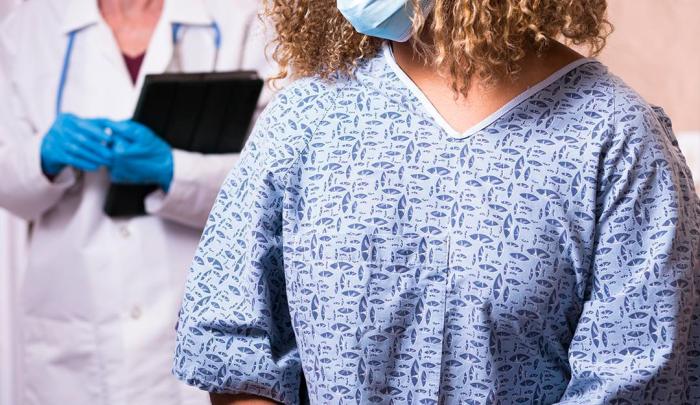
Navigating the complexities of triple-negative breast cancer (TNBC) requires a personalized approach. One-size-fits-all treatment strategies are insufficient, and the effectiveness of a particular treatment can vary significantly depending on individual patient characteristics. Understanding these nuances is crucial for optimizing treatment outcomes.Personalized treatment plans are paramount in TNBC management. This involves tailoring the approach to each patient’s unique situation, considering factors like tumor characteristics, overall health, and personal preferences.
Tumor Characteristics and Staging
Tumor grade, stage, and size significantly influence treatment decisions. Higher grade tumors, exhibiting more aggressive growth patterns, often necessitate more intensive treatment regimens. Tumor stage, denoting the extent of the disease’s spread, is also a crucial factor. Early-stage TNBC may respond well to less aggressive therapies, while advanced stages typically require more extensive interventions. Tumor size plays a role in determining the surgical approach and the extent of adjuvant therapies.
Patient Factors
Beyond tumor characteristics, patient factors are equally important. Age, overall health, comorbidities, and personal preferences all contribute to the selection of appropriate treatments. For example, a younger patient with fewer health concerns might tolerate more aggressive chemotherapy regimens compared to an older patient with other health conditions. Understanding a patient’s preferences for treatment duration, side effects, and potential long-term impacts is critical for creating a treatment plan that aligns with their individual needs.
Oncologist Consultations in TNBC Treatment
Regular and comprehensive consultations with oncologists are essential in TNBC treatment. Oncologists, with their expertise and experience, provide critical guidance in developing personalized treatment plans, assessing treatment responses, and adjusting strategies as needed. These consultations allow for open communication, addressing concerns, and ensuring the patient is actively involved in the decision-making process.
Genetic Testing in TNBC Treatment Decisions
Genetic testing can provide valuable insights into a patient’s predisposition to TNBC and inform treatment choices. Specific genetic mutations can influence the efficacy of certain therapies. For example, a patient with a BRCA1/2 mutation might benefit from therapies targeting these mutations. This testing can help predict a patient’s response to chemotherapy, radiation, and targeted therapies.
Treatment Consideration Flowchart
| Tumor Characteristics | Patient Factors | Treatment Considerations |
|---|---|---|
| Tumor Grade (Low, Intermediate, High) | Age, Overall Health, Comorbidities | Intensity of Chemotherapy, Radiation, Surgery |
| Tumor Stage (Early, Advanced) | Personal Preferences, Treatment Tolerability | Surgical Resection, Adjuvant Therapies |
| Tumor Size | Family History of Cancer | Extent of Surgery, Adjuvant Chemotherapy |
| Genetic Mutations (e.g., BRCA1/2) | Patient’s Treatment Goals | Targeted Therapies, Immunotherapy |
This flowchart provides a simplified overview. The actual treatment decision-making process is significantly more complex and involves detailed discussions between the patient, oncologist, and other healthcare professionals. The specific treatment plan will be customized to the unique characteristics of each patient’s cancer.
Final Summary: Triple Negative Breast Cancer Treatment
In conclusion, triple negative breast cancer treatment requires a personalized approach, incorporating a range of therapies and considering individual patient needs. This comprehensive guide provides a starting point for understanding the various treatment options and considerations. Remember that ongoing support and resources are critical throughout this journey, and consulting with healthcare professionals is paramount for the best possible outcomes.
